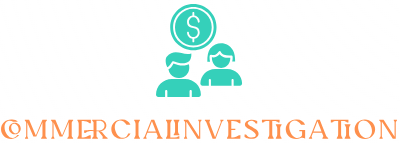How to Insure Valuable Items
Are you the proud owner of valuable items that hold great sentimental or monetary value to you? Whether it’s a piece of artwork, jewelry, an antique collection, or even high-end electronic devices, insuring these valuable items is essential to provide protection and peace of mind. In this post, we will discuss some essential tips on how to insure your valuable items.
- Assess the Value: The first step is to determine the value of your valuable items. Consult with experts such as appraisers or collectors to get an accurate estimate of their worth. This will help you decide the appropriate coverage amount for insurance.
- Review Home Insurance Policy: Check your existing home insurance policy to see if it includes coverage for valuable items. In many cases, basic home insurance might not provide adequate coverage for high-value items or limited coverage for specific types of items. It’s important to understand the policy’s limitations and exclusions.
- Specialized Insurance Policies: Consider obtaining specialized insurance policies tailored specifically for valuable items. These policies typically provide higher coverage limits and have specific terms and conditions related to the valuation and claims process.
- Document and Photograph: Create a detailed inventory of your valuable items, including descriptions, photographs, and any relevant documentation such as purchase receipts, appraisals, or certificates of authenticity. This documentation will be crucial in the event of a claim.
- Obtain Professional Appraisals: For highly valuable items, it’s recommended to obtain professional appraisals periodically. This helps to keep the insurance coverage and valuation up-to-date, ensuring you will receive the appropriate amount if a claim arises.
- Consider Additional Security Measures: Insurance providers may require additional security measures for high-value items. This can include installing security systems, safes or using secure storage facilities. Implementing these measures not only enhances the security of your valuable items but also potentially reduces insurance premiums.
- Compare Insurance Providers: It’s crucial to shop around and compare the offerings of different insurance providers. Consider factors such as coverage limits, deductibles, premiums, claim handling reputation, and customer reviews. Look for insurers specializing in high-value items or those who offer specific policies for different types of valuable items.
- Review Policy Terms: Thoroughly review the terms and conditions of the insurance policy before purchasing. Pay close attention to coverage limits, exclusions, deductibles, and claim procedures. Ensure that the policy adequately covers your specific items and meets your individual needs.
- Reevaluate Periodically: Regularly reassess the value and condition of your valuable items. Notify your insurance provider of any significant changes such as acquisitions, sales, or improvements that may impact your coverage. Updating the policy accordingly will help maintain accurate protection.
- Seek Professional Advice: If you’re unsure about certain aspects of insuring valuable items, consider consulting with an insurance professional who specializes in high-value items. They can offer guidance and help you navigate the complexities of insurance policies.
Don’t let the fear of losing your valuable items keep you up at night. By following these steps and insuring your valuable items properly, you can gain the peace of mind and protection you deserve. Take the necessary precautions today and safeguard your precious belongings.



